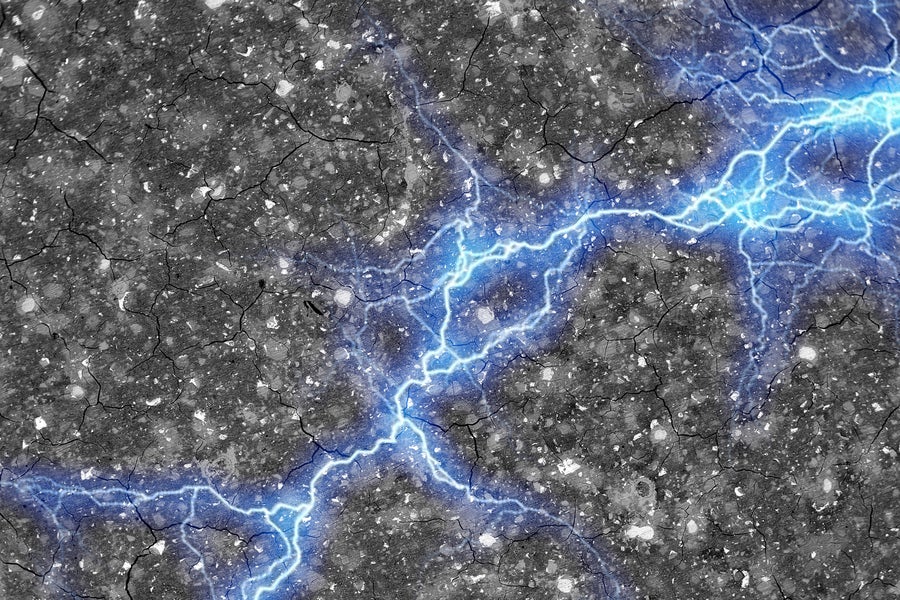Futuristic concrete could transform roads and homes into giant batteries
Low-cost cement could be used on roadways to provide contactless recharging for electric cars as they travel

A next-generation energy storage system made of cement and an ancient ink has the potential to massively scale-up renewable energy operations by transforming homes and roads into giant batteries, according to the scientists who invented it.
A team from the Massachusetts Institute of Technology (MIT) and the Wyss Institute in the US unveiled the design on Monday, claiming that supercapacitors made of this material have “great potential” to assist in the world’s transition to clean energy.
“The material is fascinating because you have the most-used man made material in the world, cement, that is combined with carbon black, that is a well-known historical material – the Dead Sea Scrolls were written with it,” said MIT professor Admir Masic, who was involved in the research.
“You have these at least two-millennia-old materials that when you combine them in a specific manner you come up with a conductive nanocomposite, and that’s when things get really interesting.”
The concrete mix of cement and carbon black only requires water, making it a low-cost alternative to other energy storage systems being developed to allow energy networks to remain stable during fluctuations to renewable energy sources like solar, wind and tidal power.
The researchers say their supercapacitor could be used in the concrete foundations of a house to provide an entire day’s worth of energy without adding any additional construction costs. It could even eventually be used on concrete roadways to provide contactless recharging for electric cars as they travel.
“There is a huge need for big energy storage,” said MIT professor Franz-Josef Ulm.
“That’s where our technology is extremely promising, because cement is ubiquitous... [It] offers a new way of looking toward the future of concrete as part of the energy transition.”
Early applications will likely be with isolated homes or buildings equipped with solar panels that do not have access to grid power. The concrete mixture can also be adjusted to serve other uses, the scientists noted, such as heating systems.
A paper detailing the research, titled ‘Cement supercapacitors as a scalable energy storage solution’, was published in the journal Proceedings of the National Academy of Sciences on Monday.
Join our commenting forum
Join thought-provoking conversations, follow other Independent readers and see their replies
Comments

Bookmark popover
Removed from bookmarks